How to use Fitosporin for orchids?
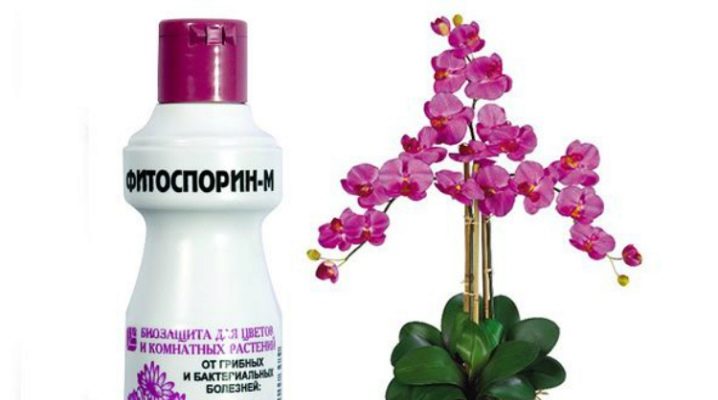
Orchid occupies a special place on the windows of many flower growers. There are over 400 species of these exotic plants, so everyone can find an option to their liking. However, in order to admire the beauty of a flourishing culture, it is worth providing it with attention and care.
This article will focus on "Fitosporin", as well as how to use this drug for orchids.
Peculiarities
"Fitosporin" is a universal natural systemic preparation that usually gives results after the first application (maximum efficiency - 95%, minimum - 65%). It is used to treat and prevent ailments affecting the plant.
The product can be used both for orchids and other indoor ornamental plants. The biological product is non-toxic, therefore it is considered safe for people and pets.
The product is produced in three modifications:
- liquid or aqueous suspension;
- powder (in packs of 10 and 30 grams);
- in the form of a paste (the package contains 200 grams of the substance).
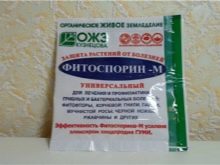
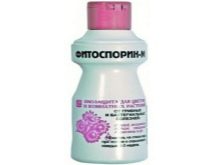

One of the variations of the drug - "Fitosporin-Gumi"... It contains many additional useful elements, vitamins, amino acids and enzymes, for example, chalk, potassium, phosphorus, nitrogen.
The product does not lose its properties in frost (up to -50 ° C), in heat (up to + 40 ° C) and even in drought conditions. It is important to remember that the drug is used only in cloudy weather or in an enclosed space. This is due to the fact that the direct rays of the sun destroy beneficial spore bacteria, which have a pronounced positive effect.
It is forbidden to use the product in its pure form. Usually it is diluted in water, adhering to the dosage indicated in the instructions. Do not use the drug after the expiration date. In this case, it will not work, it is better to buy a new product.
What is it used for?
The phytopreparation is used to treat many plant diseases:
- fungus;
- scab;
- root or black rot;
- gray rot;
- fusarium, which is characterized by the appearance of dark spots on the leaves of the plant;
- rust and others.
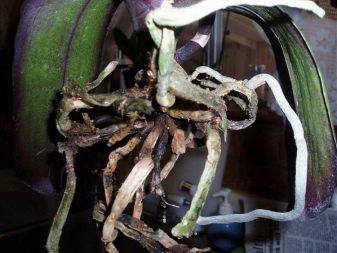
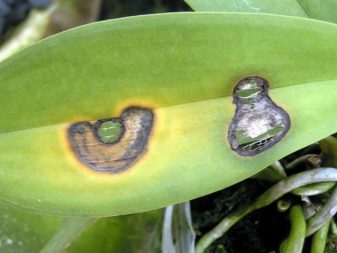

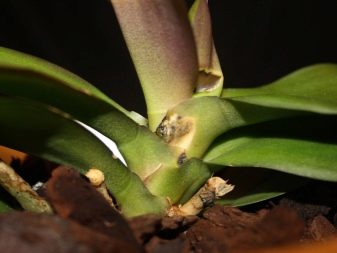
In case of manifestation of signs of the disease, you must immediately use the drug. If you run a problem, the tool might not be able to fix it.
Then the florist will have to resort to stronger formulations. As for prevention, professionals advise treating plants during their active growth and flowering, because it is then that they are more prone to disease.
Application options
This drug is used to treat:
- scions, soaking them in a medicinal solution;
- plant roots, watering them with water containing a certain dose of the drug;
- the whole plant completely by spraying it with a solution.
The choice of the method of application of the tool depends on the specific situation.

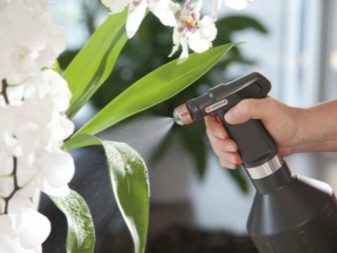
Instructions and dosage
You need to prepare the solution using clean water at room temperature. This is an important point. The fact is that in too cold water, the reaction proceeds very slowly, and in too hot useful elements simply die.
The dosage of the drug depends on the form in which the agent is presented. A bottled drug with a lower concentration is used for prophylactic purposes. The scions are soaked in a solution prepared from 4 drops of the product in 200 ml of water. To treat a flower, the dose of the drug is increased. In this case, use 10 drops per 200 ml of liquid.
The pasty version is diluted in the same dosage as the bottled one for prophylaxis (4 drops per 0.2 l of water). When watering, the liquid composition is additionally enriched with water (15 drops of the drug per liter of water). A more concentrated solution is prepared for spraying. Here they use paste and water in a 1: 1 ratio, adding ten drops of "Fitosporin".
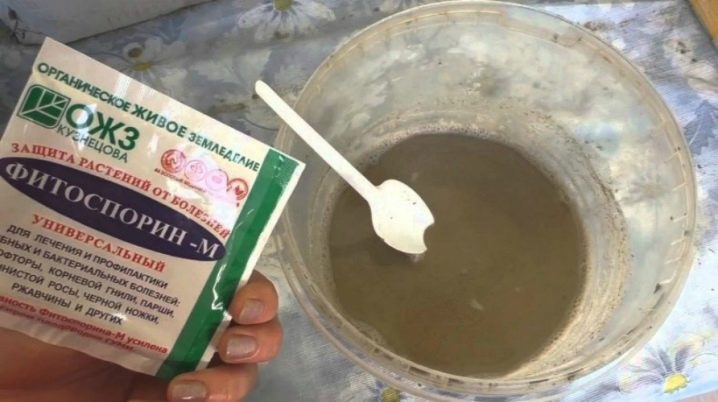
Depending on the purpose, different dosages of powder dilution are used:
- root processing - 10 grams of solution per 5 liters of water;
- prevention - 1.5 grams of the drug per 2 liters of water (for spraying);
- medicinal watering - 1.5 grams of the product per 1 liter of water;
- for seeds - 1.5 grams of powder per 100 ml of water (in the resulting solution, the seed is soaked for 2 hours).
All of the above solution options must be insisted for at least an hour before use.... Only in this case, the powder particles will be able to dissolve well in water. Every living bacterium must "wake up" in order to begin a quick and effective effect on the diseased flower.
Nuances
If pests or mold are found on the roots, then the plant needs treatment. To do this, it is necessary to dilute the solution and keep the diseased plant in it for a certain time. 1.5 grams of funds are taken per liter of water. After half an hour, the plant is removed from the solution, the excess liquid is allowed to drain, and then taken to its place.
This procedure must be repeated after a week and a half. If there is a noticeable improvement, the processing is stopped. If you notice that the roots have already dried up, and a week and a half have not yet passed, you can re-process the plant a little earlier, there will be no harm from this.
It is worth considering that this drug is useful only in the treatment of fungal or bacterial diseases. In case of viral infections, "Fitosporin" is not used.
Even with an increase in concentration, in this case, the remedy will be ineffective. Do not use it on a healthy plant either. The composition will not harm the flower, but the manufacturer still does not recommend doing this.
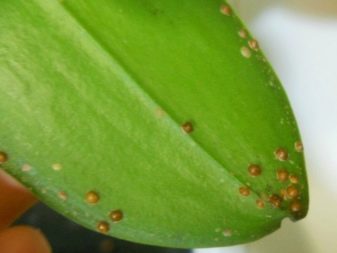
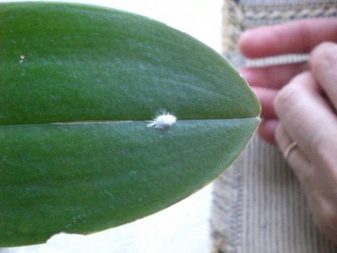
It is known that an overdose does not pose a threat to the plant. However, if there are no changes after applying the treatment course, it is worth using another remedy. To enhance the effect of "Fitosporin" can be different drugs. The most popular are Fundazol, Triallat and Decis, as well as options with artificial growth regulators ("Zircon", "Ribav-Extra", "Epin" and others).

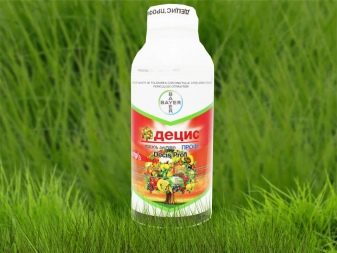
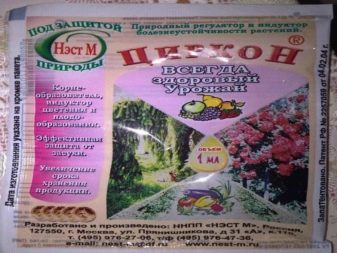
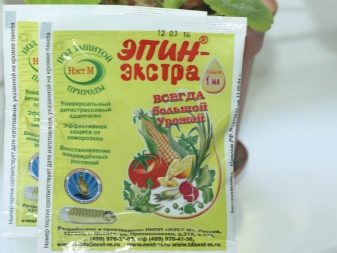
It is important to remember that the phytopreparation in question cannot be mixed with alkaline solutions. It is also worth considering that "Fitosporin" in the form of a paste contains humic acids (Gumi), so it should not be combined with growth stimulants. The fact is that these acids themselves stimulate growth and increase immunity to diseases. This action is quite enough for the plant.
How to protect yourself while working with the drug?
It is already known that the drug is non-toxic, but it is still worth observing the precautions. To protect yourself, you need to work with gloves and a mask (when spraying). If the solution, due to carelessness, gets on the skin or mucous membranes of the eyes, it is urgent to rinse the affected parts of the body under running water. If the agent is in the stomach, it is necessary to take activated charcoal or another sorbent, washed down with a large amount of boiled water.
When processing a large orchid plantation, you must wear a special suit, gloves and a mask. The appearance of allergic reactions to the agent in question has not been identified, but if you notice malaise or a rash, be sure to consult a doctor.
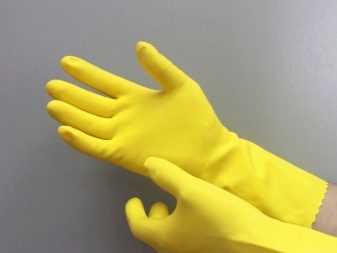
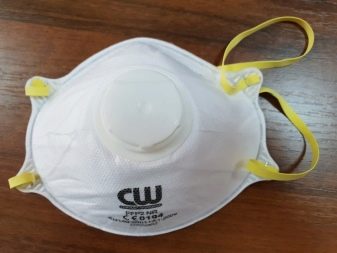
Owner reviews
Fitosporin is popular among professional gardeners and flower lovers. The drug can be easily purchased at any gardening store. Reviews about him are mostly positive. Users note the rapid action of the drug. And as a prophylactic agent, and as a curative, it quickly copes with the task.
Ease of solution administration, unpretentiousness of the drug to storage conditions are emphasized. The main thing is to remember that the product (especially the free-flowing version) should be kept away from children and pets. It is not necessary to store the drug in the kitchen as well - this threatens it with accidental ingestion.
To learn how to use "Fitosporin" for an orchid, see the video below.































The comment was sent successfully.